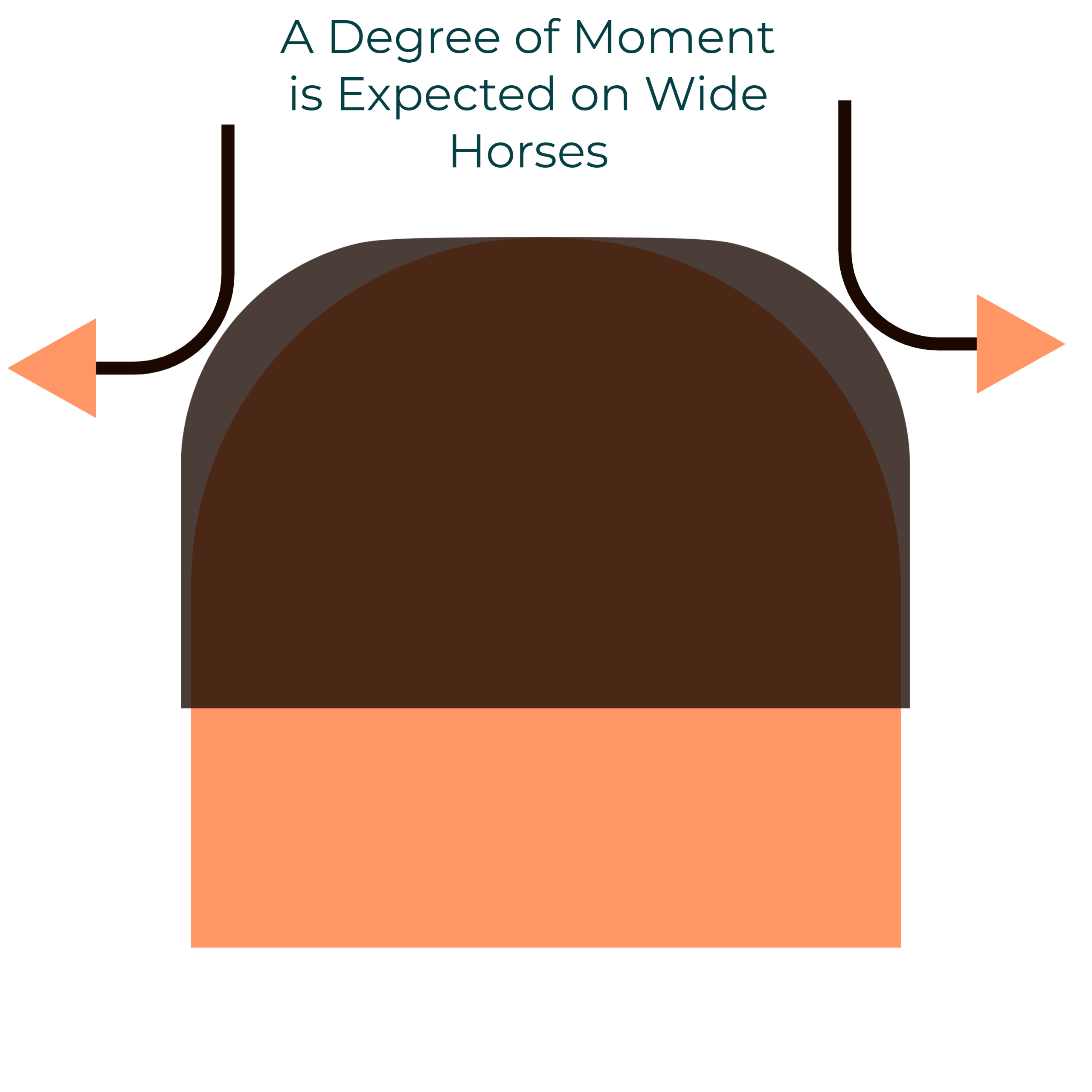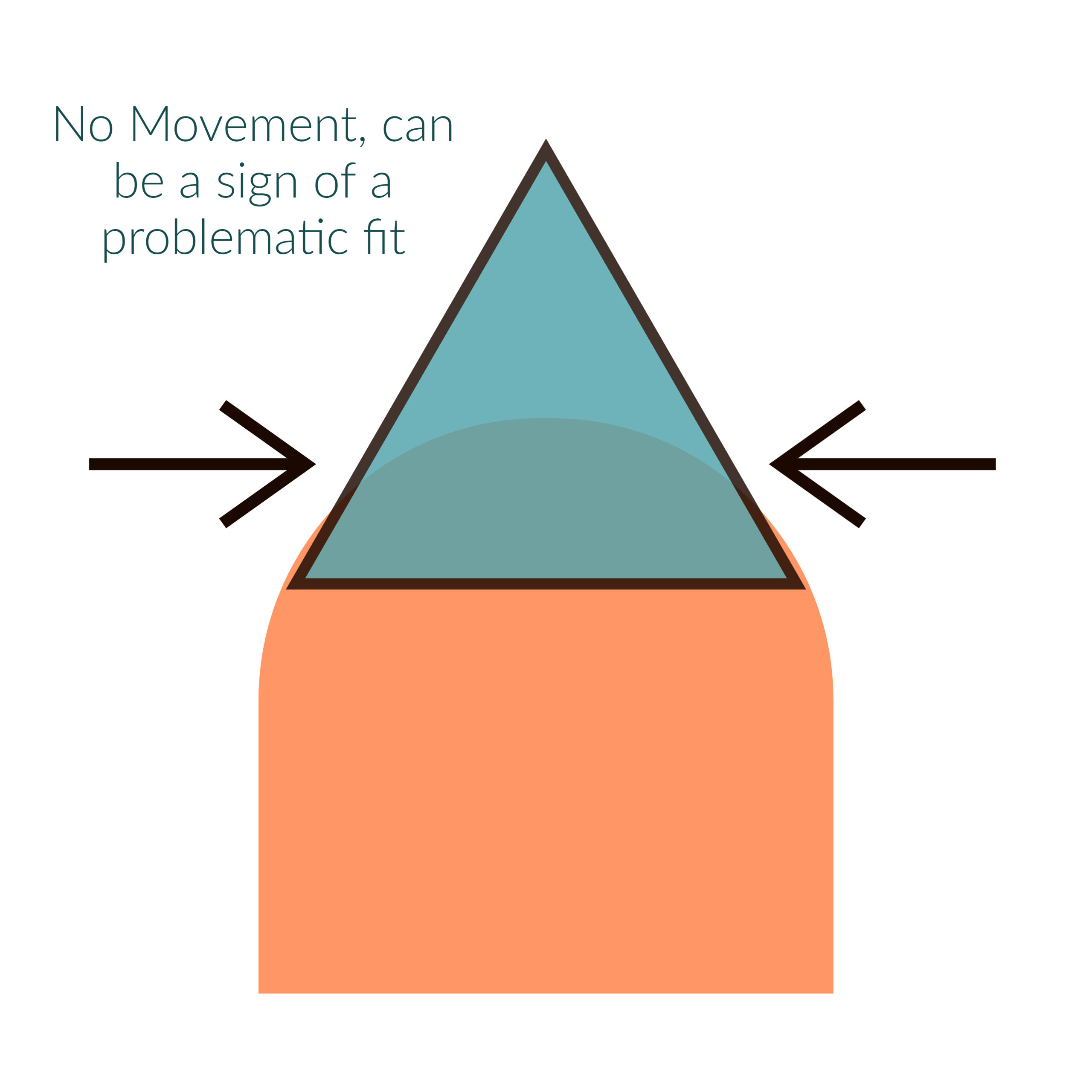Saddle Stability on Wide Horses: When Lack of Movement Indicates Problematic Fit
When it comes to saddling wide horses, it is commonly understood that some degree of movement is expected due to their unique conformation. However, it is crucial to recognize that if a saddle remains firmly in place without any shifting or rotation on a wide horse, it may actually indicate a problematic fit. In this blog post, we will explore the relationship between saddle stability and wide horses, emphasizing how the absence of movement can be a sign of an ill-fitting saddle.
Understanding Saddle Stability on Wide Horses:
1. Conformation and Muscle Development: Wide horses possess broader backs and well-developed shoulder muscles. These physical characteristics allow for a greater range of motion during movement. As the horse flexes and extends, a properly fitted saddle should accommodate these natural changes without causing discomfort or restriction.
2. Weight Distribution: Wide horses provide a larger surface area for weight distribution compared to narrower breeds. The saddle's design and fit should allow for even weight distribution, ensuring the horse's comfort and balance. If the saddle remains rigidly in place, it might indicate that the weight is concentrated on specific areas, potentially leading to pressure points or discomfort.
3. Freedom of Shoulder Movement: Wide horses require ample shoulder freedom to move comfortably and perform optimally. If the saddle restricts or impedes shoulder movement, it can hinder the horse's ability to extend its stride, potentially leading to restricted performance or discomfort.


Identifying an Ill-Fitting Saddle:
1. Lack of Movement: If the saddle consistently stays stationary and does not adjust or shift during riding sessions, it could indicate a lack of conformity to the horse's back. An ill-fitting saddle may limit the horse's natural movement and cause discomfort or pain.
2. Uneven Pressure Points: An improperly fitted saddle can create excessive pressure or uneven weight distribution, resulting in discomfort or soreness for the horse. Regularly assess the horse's back for signs of pressure points or areas of irritation caused by an ill-fitting saddle.
3. Behavioral Changes: A wide horse experiencing saddle-related discomfort may exhibit behavioral changes such as resistance, bucking, or a decrease in performance. These signs should not be overlooked, as they can indicate underlying issues with saddle fit.
Taking Action for Optimal Saddle Fit:
1. Professional Saddle Fitting: Seek the expertise of a qualified saddle fitter who specializes in fitting saddles for wide horses. They will evaluate the horse's conformation, muscle development, and movement patterns to recommend a saddle that provides proper fit and allows for unrestricted movement.
2. Regular Assessment: Regularly evaluate the saddle fit as the horse's conformation and musculature change over time. Collaborate with your saddle fitter or equine professional to ensure ongoing suitability and make necessary adjustments.
3. Observing Your Horse: Pay close attention to your horse's behavior, performance, and physical well-being. Grooming sessions can help identify any discomfort or pressure points beneath the saddle area. Promptly address any signs of discomfort to prevent further complications.
4. Seek Expert Advice: Work with a knowledgeable instructor or trainer to improve your riding technique and balance. Developing a secure seat and maintaining proper rider position can contribute to saddle stability and overall horse comfort.
While movement is expected on wide horses, it is important to recognize that if a saddle remains stationary without any adjustment or shifting, it may indicate a problematic fit. Regular assessment, professional guidance, and close observation of your horse's behavior will help ensure that your wide horse is equipped with a properly fitting saddle that allows for freedom of movement and optimal comfort.
